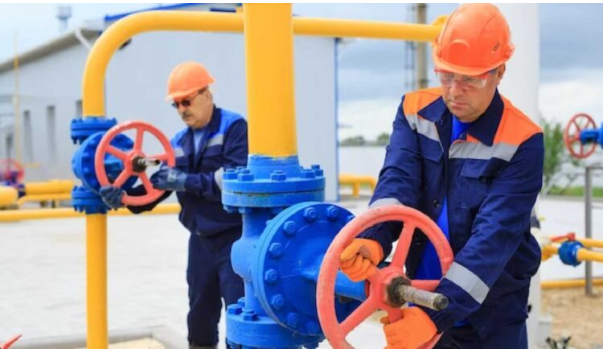Check valves play a vital role in controlling the flow of fluids and gases in various industries and manufacturing applications. This type of valve is known as a non-return valve or one-way valve because it allows the passage of fluid or gas in a single direction while preventing reverse flow. By understanding the key aspects of check valves you will be able to choose the right valve for your specific needs. Check valves operate on a simple principle – they allow liquid or gas to flow in one direction and prevent it from flowing in the opposite direction. When the fluid or gas flows in the desired direction, the valve opens, allowing the fluid or gas to travel through the valve. However, when the flow tries to reverse, the valve automatically closes, blocking the flow of gas or fluid.
- Understand the types of check valves
- Use check valves in several applications
- Undertake selection considerations
a.Understand the types of check valves
Check valves from https://www.gulfrubber.com.au/ come in different designs to suit various applications and flow requirements including a swing check valve. This type of check valve has a hinged disc that swings open to allow gas or fluid to flow in one direction and closes to prevent backflow. When flow occurs in the desired direction, the ball is pushed away, allowing passage while in reverse flow, the ball returns to its seat, blocking the backflow.
b.Several applications
Furthermore, check valves find widespread use in several industries and manufacturing applications, including in plumbing and water systems. Check valves prevent backflow in plumbing systems, ensuring that contaminated water does not flow back into the clean water supply. In the oil and gas industry, check valves are crucial in pipelines, refineries and offshore platforms to control the flow of fluids and prevent reverse flow.
c.Selection considerations
Finally, when choosing a check valve for a specific application, several factors should be taken into account, especially the flow rate and pressure. You must select a check valve that can handle the expected flow rate and pressure conditions while check valves are available in materials such as brass, steel and cast iron, meaning that you must choose a material that is compatible with the fluid or gas being transported.
Therefore, to summarise, if you operate an industrial or manufacturing facility and you need to control the flow of fluids or gases, then you must use an appropriate type of check valve.

